Let’s do a test. I want you to read the next few phrases and notice your reaction.
Global warming.
Save the trees.
Mother Earth.
Sustainability.
Is your head ready to explode?
Well you’re not alone. A lot of people get turned off by the polarization that occurs with issues regarding the care of our planet.
Regardless of your feelings regarding such issues, there should be little debate when it comes to your landscape.
Think of your own landscape. Do you want a high maintenance or low maintenance landscape? Do you want to spend a lot of money or a little money to keep your landscape attractive? Do you want to take time enjoying your landscape, or take time having to work on your landscape?
When it comes to landscapes, sustainability is a no-brainer.
Sustainable landscapes are just that. They sustain themselves as much as possible. This means over the long term, the necessary inputs for maintenance decrease. More cash, more time, more enjoyment.
Not convinced? Let’s talk a few details.
Saving time with your landscape
Most often, a landscape is designed either by a homeowner or landscape contractor with regard to aesthetics but little forethought to the needs of each plant.
Remember that plants are organisms, just as living as we are. They have needs as well. Some of these needs – water, somewhere to root – are met pretty much by necessity. But many other needs are left unattended, such as good soil structure, access to major and minor essential minerals, and symbiotic relationships with other plants and fungi.
When we begin to attend to the many needs of each desired plant, they become stronger, more vibrant, and less prone to disease.
As you build or convert your landscape to a sustainable design, you begin to provide your plants with the opportunity to take care of themselves. Here are some examples of how a sustainable landscape design can save you time through reduced maintenance:
- Reduced pests
- Pest issues become less prevalent, because pests target weakened and stressed plants.
- Healthy predator-prey relationships are restored among insects and microbes, reducing pest issues further.
- Increased fertility
- Organic matter in the soil increases, providing a healthy and more diverse nutrient substrate for plant growth.
- The microbiological quantity and diversity of the soil increases
- Major and minor essential minerals become more available to plants due to increased microbial life.
- Increased moisture
- Water retention in the soil increases due to increased organic matter and increased microbial life.
- Most designs include water retention features such as rainwater catchment, earthworks, or infiltration areas to capture excess rain for prolonged use in the landscape.
- Decreased mowing area/frequency
- Most designs reduce lawn size from excess size to necessary size, replacing with plantings, ground covers, or naturalized areas.
- Many designs utilize a lower maintenance grass that requires less mowing.
This sounds great, right? With proper installation and care, all of these benefits are certainly attainable. To be clear, it isn’t all rosy and peachy. To use sustainable practices, the initial design must be done well and implemented properly, even if done over a long time period. Some practices, such as chemical free lawn care, require diligent care in the first 2-3 years, with a major return on time and monetary investment in the years following.
By default, each of the maintenance savings correlates to monetary savings as well. By designing in a way that creates a bunch of mini ecosystems, you have plants that primarily support themselves.
- If you usually use a landscape contractor for your maintenance, this means fewer visits.
- If you are a DIY guy or gal, this means no more fertilizer, pesticide, or herbicide purchases.
- Fewer plant purchases once installed due to fewer deaths.
- Less watering is a big payoff, as your landscape retains much more moisture through dry periods.
Where do the costs come in for sustainable landscapes?
- Increased plantings = increased plant purchases up front
- Early maintenance (1-2years), if contracted out
- Soil amendments – may be needed early on to support healthy plant growth
- Compost – if not self-produced, may be needed early on and perhaps throughout
While some may disagree, I also believe there is a huge payoff for sustainable landscapes that don’t use chemicals. Ever see that sign with the person walking the dog, and a giant X through them? That means whatever was put on that lawn ain’t safe. So I feel much better with little kids rolling around in a chemical-free landscape. You can decide for yourself.
Hopefully this gives you an idea of the net benefits of a sustainable design compared to a conventional design.
Here at Easy Living Yards, you can learn how to use such holistic, sustainable, ecological design principles and marry them with aesthetic design for a beautiful healthy landscape, teeming with life.
I get it. You want your landscape to look amazing. I do too. And I’m here to show you that your landscape can look amazing and be healthy and self-sustaining at the same time.
So let me know below what you’re interested in doing with your landscape, now that it’s a no-brainer!
If you’re starting to like the sound of this saving time stuff – while enjoying a beautiful landscape learn how to save 27 hours of routine yard work with simple habit changes below!
Learn how to save 27 hours of yard work!
Photo Credits: Flickr, Center for Neighborhood Technology




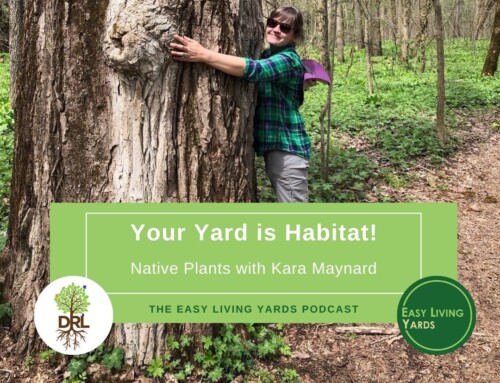


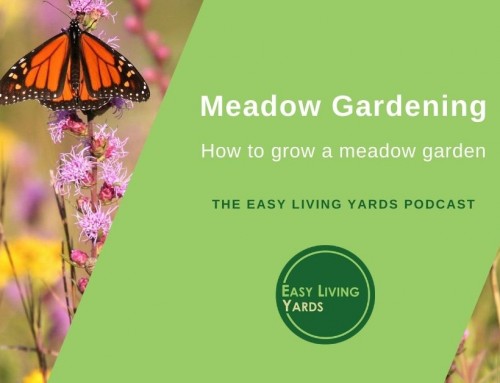
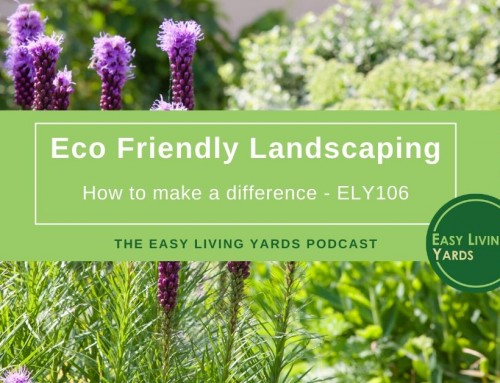
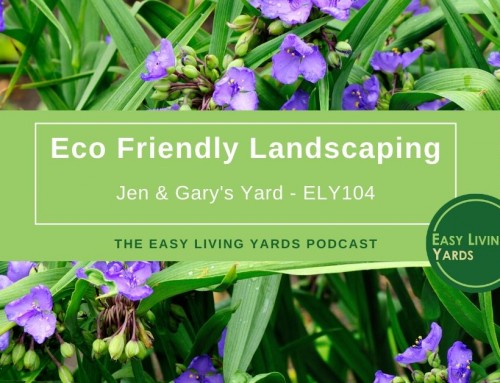

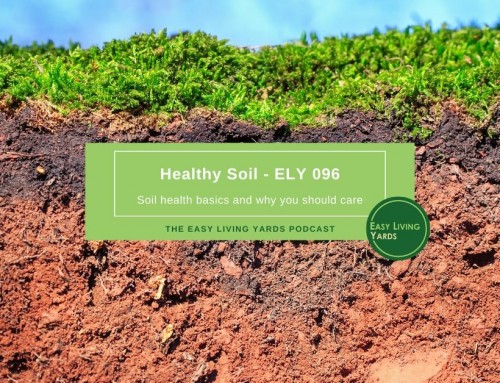

Leave A Comment